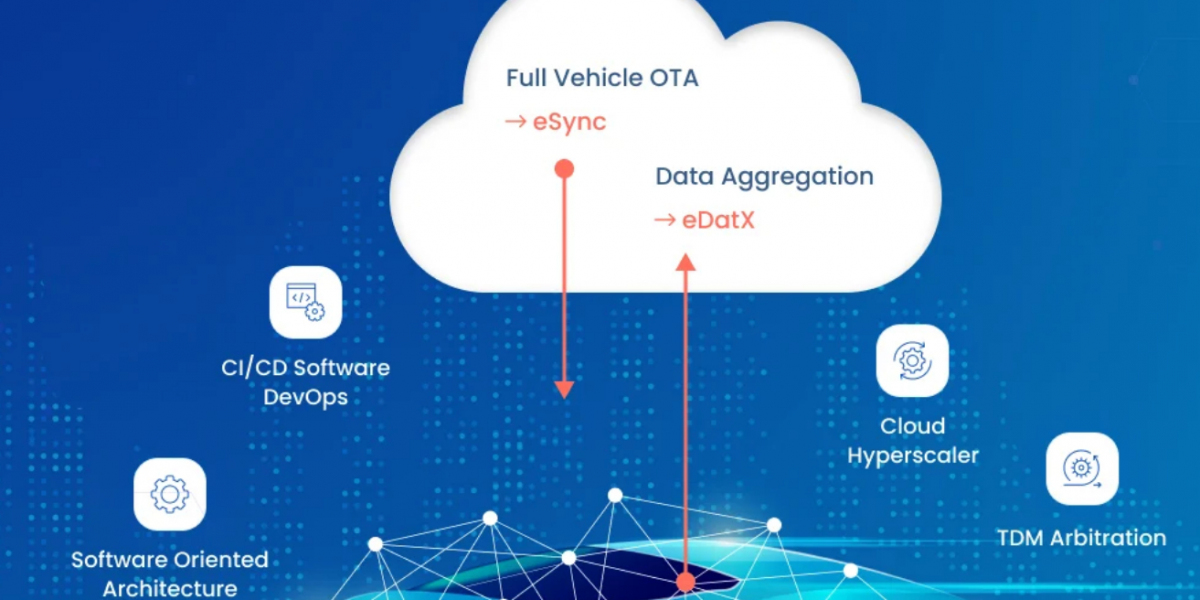Over-the-Air (OTA) updates allow car manufacturers to remotely deliver software updates and patches to vehicles via wireless communication channels, such as cellular networks or Wi-Fi. This means that instead of requiring a visit to the dealership or manual installation by the owner, updates can be seamlessly delivered to the vehicle's onboard systems over the air, much like updating a smartphone or computer.
The introduction of OTA cars updates represents a significant departure from traditional methods of updating vehicle software, which often involved time-consuming and costly processes. In the past, software updates for vehicles typically required owners to bring their cars to a dealership or service center, where technicians would manually install the updates using specialized tools and equipment. This process could be inconvenient for owners and costly for manufacturers, as it often involved scheduling appointments, downtime for the vehicle, and logistical challenges associated with managing physical distribution of updates.
With OTA updates, these challenges are overcome, and the process of updating vehicle software becomes much more efficient and user-friendly. Car owners can receive notifications on their infotainment systems or smartphones when updates are available, and can choose to install them at their convenience. This not only saves time and hassle for owners but also ensures that vehicles are always up-to-date with the latest features, performance improvements, and security patches.
Furthermore, OTA updates enable car manufacturers to iterate and improve upon the software in their vehicles more rapidly and effectively. Instead of waiting for the next model year or service interval to introduce new features or address issues, manufacturers can push updates to vehicles in real-time, providing a more responsive and agile approach to software development. This allows manufacturers to deliver a better user experience and maintain the competitiveness of their vehicles in the market.
However, while OTA updates offer numerous benefits, they also raise important considerations regarding cybersecurity and data privacy. Since OTA cars updates involve transmitting sensitive software data over wireless networks, there is a risk of interception or tampering by malicious actors. Therefore, manufacturers must implement robust security measures to protect against potential threats and ensure the integrity and authenticity of OTA updates.
In conclusion, OTA updates represent a transformative advancement in the automotive industry, offering a more efficient, convenient, and agile approach to updating vehicle software. By enabling remote delivery of updates over wireless networks, OTA technology enhances the user experience, accelerates innovation, and ensures that vehicles remain up-to-date with the latest features and security enhancements. As the automotive industry continues to embrace digitalization and connectivity, OTA updates will play an increasingly integral role in shaping the future of mobility.








